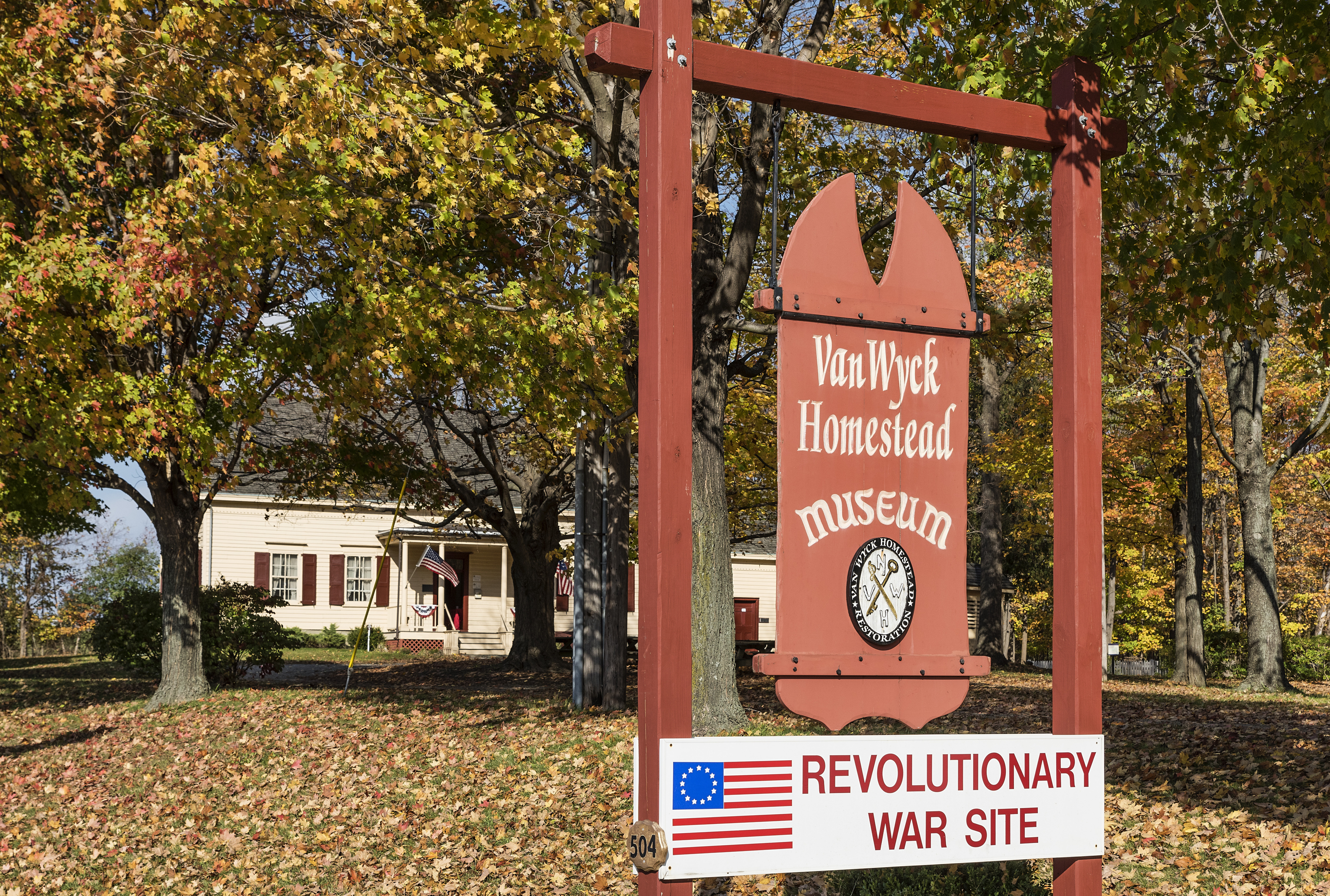In 1778, one of the largest battles of the Revolutionary War took place in central New Jersey. The Battle of Monmouth is considered to be one of the war’s longest battles, and its site is now home to a state park. One of the most resonant pieces of history from the battle is the story of Molly Pitcher, a woman who took over the firing of a cannon at British troops after her husband was shot.
Visit the area today and you’ll find countless places named for Molly Pitcher, from a rest stop to a hotel. (Full disclosure: I grew up not far from there, and can testify to the ubiquity of Molly Pitcher references and classroom activities.) There’s one thing that makes this particular historical figure more complex, however: it’s not clear that she ever existed.
A new article by Cassandra Good at Smithsonian Magazine explores the history and the mythology surrounding Molly Pitcher. Good’s article notes that Mary Ludwig Hays McCauley was allegedly bringing water to soldiers fighting the battle — the element that led to the “Pitcher” nickname — when she began fighting in her husband’s stead. A series of images from the mid-19th century, including a painting by Dennis Malone Carter and a print by Currier & Ives, helped solidify the legend.
Good notes that accounts of McCauley’s heroism didn’t spread until a period after her death. There were some accounts of a woman involved in the battle told by witnesses and participants, but the woman was unnamed; that McCauley received a pension “for services rendered” rather than as the widow of a soldier prompted further speculation about her role in the battle.
The article goes on to explore the role of women in the Revolutionary War, including a few whose heroic actions are more concretely documented. As with so many things, it brings to mind a certain line from The Man Who Shot Liberty Valence: “When the legend becomes fact, print the legend.”
Thanks for reading InsideHook. Sign up for our daily newsletter and be in the know.

















